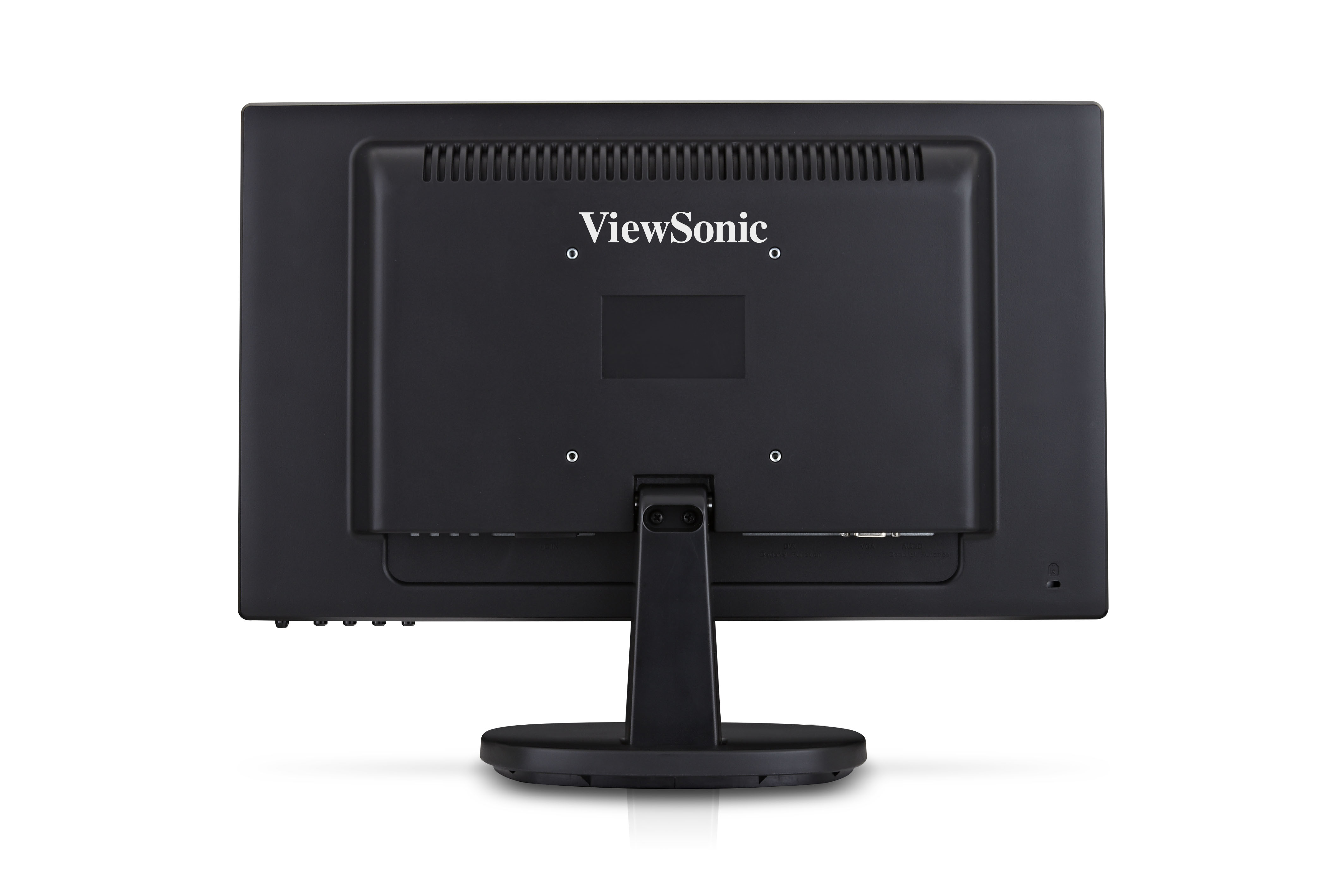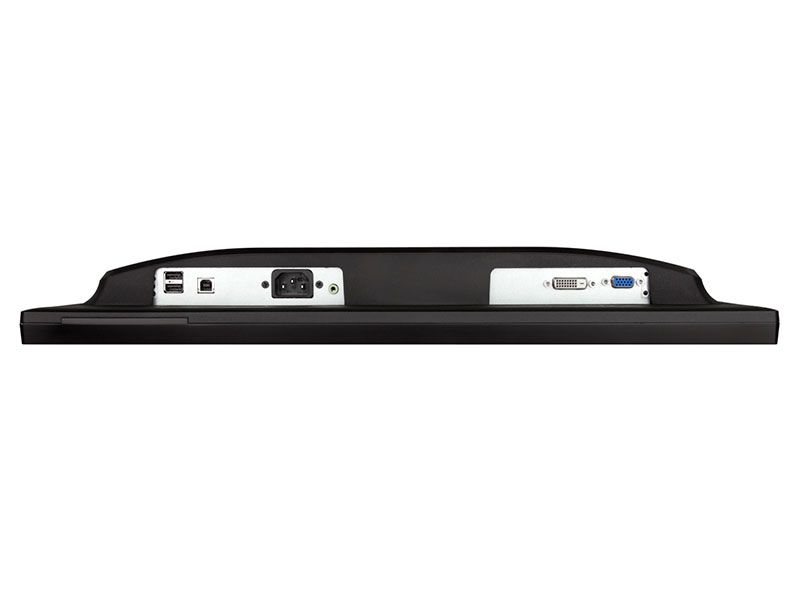
A contrast ratio of 1000:1 or higher (note that higher is better) is typical of IPS panels. Instead of relying on the manufacturer’s listing, we measured each monitor’s contrast ratio during our testing.

Ports: Since most computers have either an HDMI port or a DisplayPort connection, having both is a requirement for any good monitor, and the best models also include a USB-C port that can receive a display signal and charge a connected laptop at the same time.For most people, QHD monitors offer the best combination of detail, usable desktop space, and price. And 4K monitors, while excellent for photo or video work, are more expensive-this is part of the reason we have a separate guide for them. For a 27-inch monitor, 1080p is too low a resolution-text and images are likely to be visibly pixelated or blocky. Resolution: The three most common monitor resolutions that we test across all our guides are 1080p, or 1920×1080 Quad HD/QHD, or 2560×1440 and 4K, or 3840×2160.Display technology: We test only those monitors that use IPS display panels, not TN (or VA) technology, because IPS panels provide far better viewing angles and color reproduction.Now, you should be able to select the optimal resolution. If the “Default for Display” option is not providing the most optimal resolution, press and hold the Option button on your keyboard while you click Scaled to see additional resolutions for the second display.Ĥ. Once System Preferences opens, select Displays.ģ. To ensure you are running the optimal resolution, please see below.Ģ. Close the window once the update has been complete. Your computer will automatically scan and prompt you if a system update is required. Once System Preferences opens, select Software Update.ģ.

On your Mac, choose Apple menu and select System Preferences.Ģ.

To ensure you are running the latest display drivers on your MacOS device, please see below.ġ. Here is a list of factors that may limit you from running the monitor at optimal performance. The macOS operating system will automatically read the EDID information stored in the monitor using the system information/profiler utility to detect the monitor’s specifications, capabilities. MacOS does not require display drivers when using with a ViewSonic Display.


 0 kommentar(er)
0 kommentar(er)
